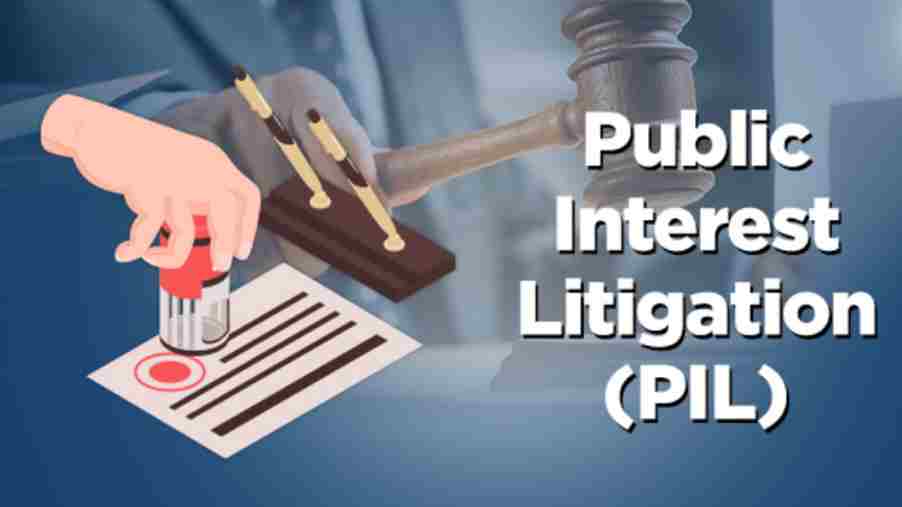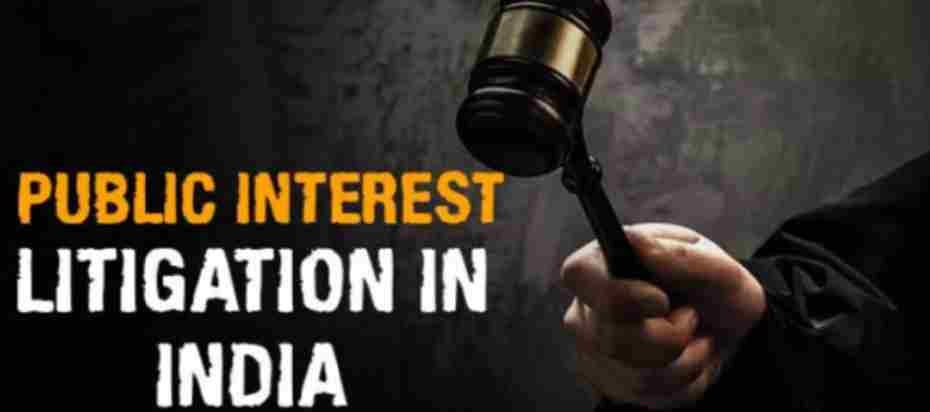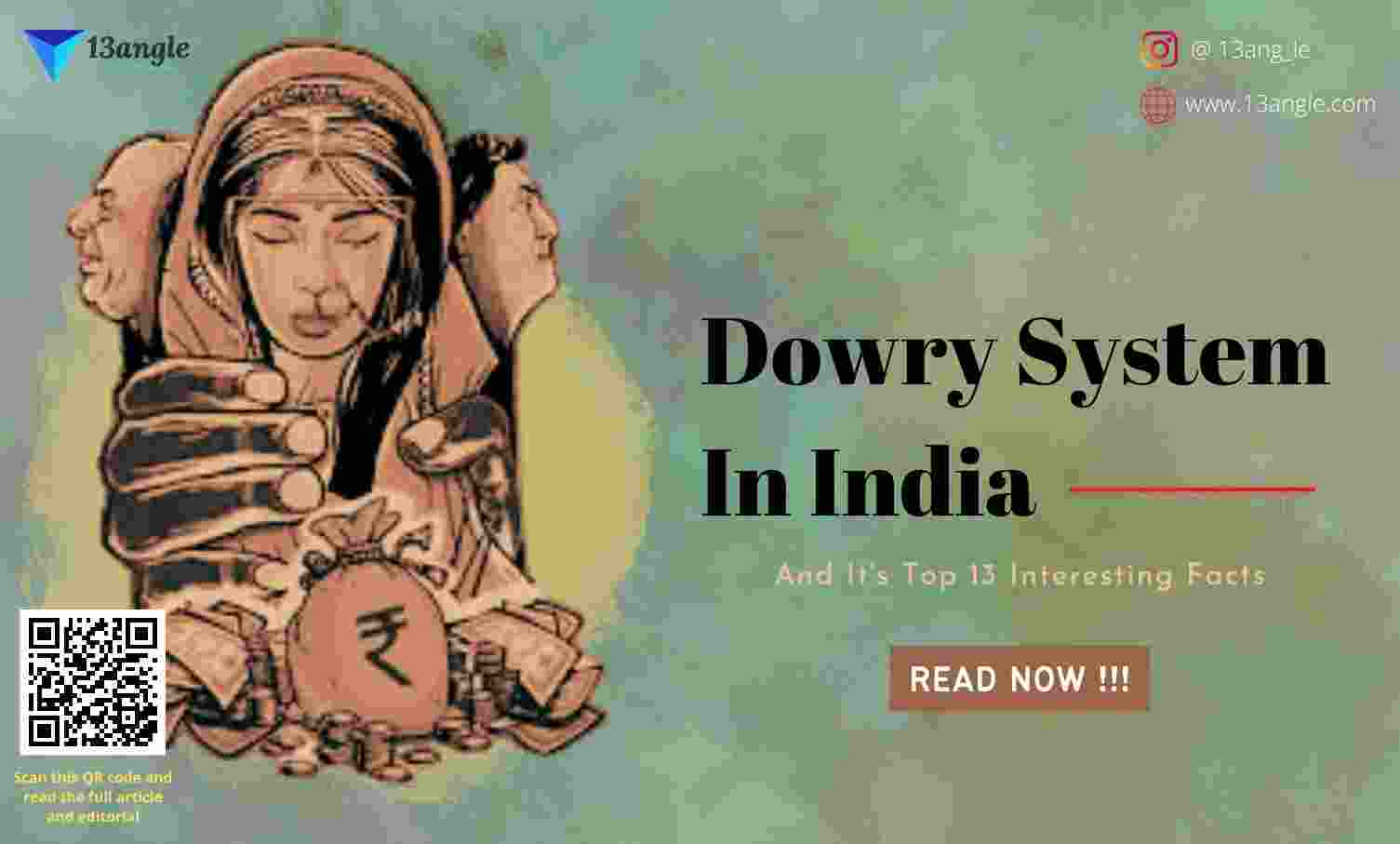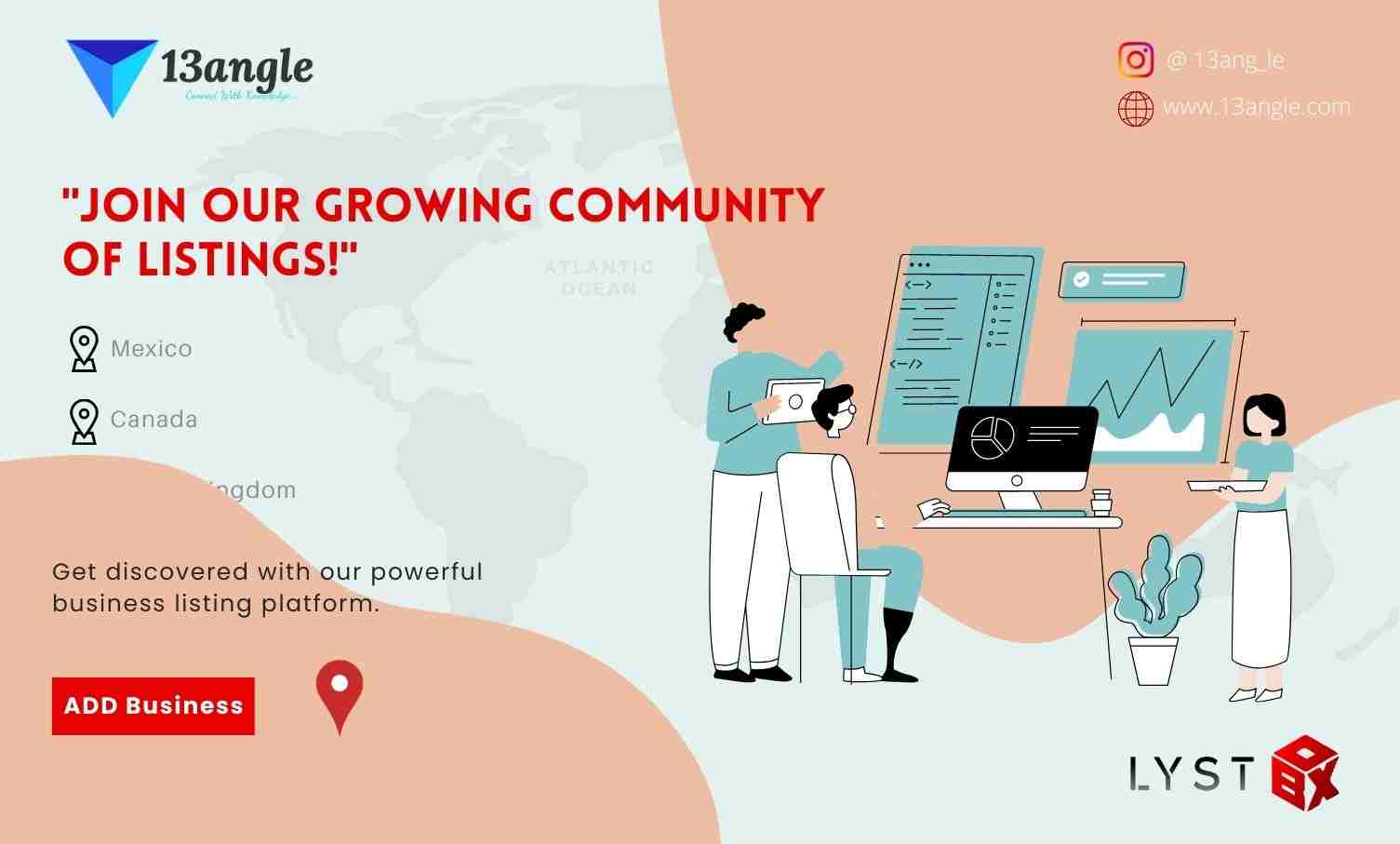
Introduction
Public Interest Litigation (PIL) is a practice or a technique that focuses on the citizens of the country. The main purpose of this school of jurisprudence – PIL is to protect the people of the nation. In simple words, means, litigation filed in a court of law, for the protection of Public Interest, such as pollution, Terrorism, Road safety, construction hazards, etc.
Public interest litigation is not defined in any statute or in any act. It has been interpreted by judges to consider the intent of the public at large.
Until the emergence of PIL, justice was a remote reality for our illiterate, underprivileged, and exploited masses. This has been largely due to three major difficulties:
- lack of awareness amongst people;
- lack of assertiveness due to their low socio-economic status;
- lack of effective machinery to give them legal aid.
- It is only when the poor become aware that the wrong done to them is a legal wrong and that there is a legal remedy available to them, they will seek legal redressal. Even if they are aware of their legal rights, the poor do not have the means or the will to go through expensive litigation. And wherever a large number of people are victims of a common injustice or common exploitation, it is not possible for each one of them to file separate petitions and seek remedies individually. These are some of the major obstacles the poor face in the pursuit of justice.
History

The term PIL originated in the United States in the mid-1980s. Since the nineteenth century, various movements in that country had contributed to public interest law, which was part of the legal aid movement. The first legal aid office was established in New York in 1876. In the 1960s the PIL movement began to receive financial support from the office of Economic Opportunity, This encouraged lawyers and public-spirited persons to take up cases of the under-privileged and fight against dangers to the environment and public health and exploitation of consumers and the weaker sections.
One of the earliest public interest litigation was filed by G. Vasantha Pai who filed a case in the Madras High Court against the then sitting Chief Justice of the Madras High court S. Ramachandra Iyer after it was found the judge had forged his date of birth to avoid compulsory retirement at the age of 60 and his younger brother sent invitations to celebrate his 60th birthday and Pai found evidence after photographing his original birth register which showed his real age.
Ramachandra Iyer resigned on a request from the then Chief Justice of India P. B. Gajendragadkar as the case would damage the judiciary and he had resigned before the case came up for hearing this led the case to be dismissed as he had resigned. The Supreme Court entertained a letter from two professors at the University of Delhi; it requested the enforcement of the constitutional right of inmates at a protective home in Agra who lived in inhuman and degrading conditions.
In Miss Veena Sethi v. the State of Bihar, 1982 (2) SCC 583: 1982 SCC (Cri) 511: AIR 1983 SC 339, the court treated a letter addressed to a judge of the court by the Free Legal Aid Committee in Hazaribagh, Bihar as a writ petition.
In Citizens for Democracy through its President v. the State of Assam and Others, 1995 KHC 486: 1995 (2) KLT SN 74: 1995 SCC 743: 1995 SCC (Cri) 600: AIR 1996 SC 2193, the court entertained a letter from Shri Kuldip Nayar (a journalist, in his capacity as President of Citizens for Democracy) to a judge of the court alleging human rights violations of Terrorist and Disruptive Activities (Prevention) Act (TADA) detainees; it was treated as a petition under Article 32 of the Constitution of India. “The parameters within which PILs can be entertained have been laid down. The credentials, the motive, and the objective of the petitioner have to be apparently and patently aboveboard. Otherwise, the petition is liable to be dismissed at the threshold”, the judgment stated.
As for why it is sceptical about a large number of PILs, the bench spoke for the Supreme Court when it said that the “judiciary has to be extremely careful to see that behind the beautiful veil of public interest ugly private malice, vested interest and/or publicity-seeking is not lurking. This Court (Supreme Court of India) must not allow its process to be abused for oblique considerations by masked phantoms who monitor at times from behind”.
What Is PIL?

Public interest litigation is the use of the law to advance human rights and equality or raise issues of broad public concern. It helps advance the cause of minority or disadvantaged groups or individuals. Public interest cases may arise from both public and private law matters.
Public interest Litigation (PIL) means litigation filed in a court of law, for the protection of “Public Interest”. Any matter where the interest of the public at large is affected can be redressed by filing a Public Interest Litigation in a court of law such as Pollution, Terrorism, Road safety, Constructional hazards, etc.
The expression ‘Public Interest Litigation’ has been borrowed from American jurisprudence, where it was designed to provide legal representation to previously unrepresented groups like the poor, the racial minorities, unorganized consumers, citizens who were passionate about the environmental issues, etc.
PIL is not defined in any statute or in any act. It has been interpreted by judges to consider the intent of the public at large. It is the power given to the public by courts through judicial activism. However, the person filing the petition must prove to the court’s satisfaction that the petition is being filed for public interest and not just as frivolous litigation by a busy body.
Some of the matters which are entertained under Public Interest Litigation are Neglected Children, Bonded Labour matters, Atrocities on Women, Non-payment of minimum wages to workers, exploitation of casual workers, food adulteration, Environmental pollution, disturbance of ecological balance, Maintenance of heritage and culture, etc.
Who Can File A PIL?

Any individual or organization can file a PIL either in his/her/their own standing i.e. to protect or enforce a right owed to him/her/them by the government or on behalf of a section of society who is disadvantaged or oppressed and is not able to enforce their own rights.
Any Indian citizen can file a PIL, the only condition being that it should not be filed with private interest, but in the larger public interest. At times, even the Court can take cognizance of a matter if it is one of utmost public importance, and appoint an advocate to handle the case.
How Can A PIL Be Filed?

A Public Interest Litigation (PIL) is a petition that can be filed by any member of the public for any matter of public interest, for a redress of public wrong or injury. In cases related to forced evictions, any affected person may approach a lawyer to submit a petition in state high courts or lower courts for any injury caused as a result of such evictions.
A Writ Petition may be filed by an aggrieved person(s) to seek legal remedies for violation of fundamental rights. According to the Constitution of India, the petition can be filed under Article 226 before a High Court or under Article 32 before the Supreme Court of India.
Steps to be taken for filing a Writ Petition / PIL:
- Approach a public interest lawyer or organization to file the case.
- Collect necessary documents such as title deeds, proof of residence, identity proof, notice, resettlement policy if any, and photographs of the eviction.
- List names and addresses of all aggrieved parties approaching the court.
- List names and addresses of government agencies from which relief is sought.
- List facts giving rise to violations of Fundamental Rights.
- List dates indicating the duration of stay at the site, when the eviction took place, when and if an eviction notice was provided, and other important details related to the eviction.
- Clearly mention the ‘prayers’ or the relief being sought from the court.
Advantages Of PIL
Vigilant citizens can find an inexpensive remedy because there is only a nominal rate of court fees
Litigants can focus attention on and achieve results pertaining to larger public issues, especially in the field of human rights, consumer welfare, and the environment.
It explains the law in a better way. It Also Holds public bodies accountable by acting reasonably within the remit of their powers and assuring that they make precise choices.
It tries to develop and help the law by allowing the judges to understand the legislation. Public Interest Litigation gives weak people a voice by emphasizing a significant issue. Furthermore, given that a platform for advocating for their rights.
Raise awareness of significant problems assisting media coverage and public debates. Attentive citizens can find a reasonable solution because there is only a nominal rate of court fees.
Litigants can achieve outcomes and focus attention on broader public issues in the field of consumer welfare, Human rights, and the environment.
Disadvantages Of PIL

PIL actions may sometimes give rise to the problem of competing rights. For instance, when a court orders the closure of polluting industry, the interests of the workmen and their families who are deprived of their livelihood may not be taken into account by the court.
It could lead to overburdening of courts with frivolous PILs by parties with vested interests. PILs today have been appropriated for corporate, political, and personal gains. Today the PIL is no more limited to problems of the poor and the oppressed.
Cases of Judicial Overreach by the Judiciary in the process of solving socio-economic or environmental problems can take place through the PILs.
PIL matters concerning the exploited and disadvantaged groups are pending for many years. Inordinate delays in the disposal of PIL cases may render many leading judgments merely of academic value.
Significance And Impact Of PIL
- PIL is working as an important instrument of social change. It is working for the welfare of every section of society. The innovation of this legitimate instrument proved beneficial for developing countries like India. PIL has been used as a strategy to combat the atrocities prevailing in society. It’s an institutional initiative toward the welfare of the needy class of society. In Bandhu Mukti Morcha v.Union of India, SC ordered the release of bonded laborers. In Murli S. Dogra v. Union of India, the court banned smoking in public places. In a landmark judgment of Delhi Domestic Working Women’s Forum v. Union of India ((1995) 1 SCC 14), Supreme Court issued guidelines for rehabilitation and compensation for the rape of working women. In Vishaka v. State of Rajasthan, Supreme court has laid down exhaustive guidelines for preventing sexual harassment of working women in place of their work
Conclusion
- Public Interest Litigation has, no doubt, served to the maximum for the welfare of society. For such a long time, the PIL has contributed a lot to molding the law, in accordance with the changes and development in society. Without this doctrine of Public Interest Litigation, it would have been a very difficult way to enact and amend laws as per the changing circumstances of society. Therefore, this concept has fastened the process of amending laws in accordance with the changing needs of society. Though this doctrine has been of utmost importance, the misuse of it is much obvious as it has a simple and cheaper procedure, but the Supreme Court has reduced the misuse of this doctrine by framing suitable guidelines, which are to be strictly followed by the courts before entertaining a petition of PIL. Thus, the doctrine of PIL has been preserved from being misused, and its efficacy is again retained.
Top 13 Interesting Facts About PIL
The goal of PIL is to provide regular people with access to the courts in order to seek legal remedies.
PIL is a critical tool for social transformation, preserving the rule of law, and accelerating the balance of law and justice.
PILs were created with the intention of making justice more accessible to the poor and marginalised.
It is a critical tool for bringing human rights to those who have been denied them.
It ensures that everyone has access to justice. Anyone who is capable of doing so can file petitions on behalf of others who are unable or do not have the resources to do so.
It aids judicial oversight of state institutions such as prisons, asylums, and protective homes, among others.
It’s a crucial tool for putting the concept of judicial review into practice.
The introduction of PILs ensures increased public engagement in judicial review of administrative action.
A court fee of Rs. 50, per respondent (i.e. for each number of the opposite parties, court fees of Rs. 50) has to be affixed to the petition.
B Supreme Court of India has laid down certain guidelines that are to be followed for entertaining letters/petitions received in the court as Public Interest Litigation. (Based on full Court decision dated 1.12.1988 and subsequent modifications).
Areas covered under Public Interest Litigation -Letter petitions falling under the following categories alone will ordinarily be entertained as Public Interest Litigation.
The following issues can be taken for PIL like Basic amenities such as roads, water, medicines, electricity, primary school, primary health center, bus service, Social Work Intervention with Individuals and Groups, Rehabilitation of displaced persons, Identification and rehabilitation of bonded and child laborers, Illegal detention and arrest, Torture of people in police custody.
Public interest is given priority over special interests, private interests, group interests and vested interests. In other words, in a free competition of interests of different kinds, the interest of the public prevails.







